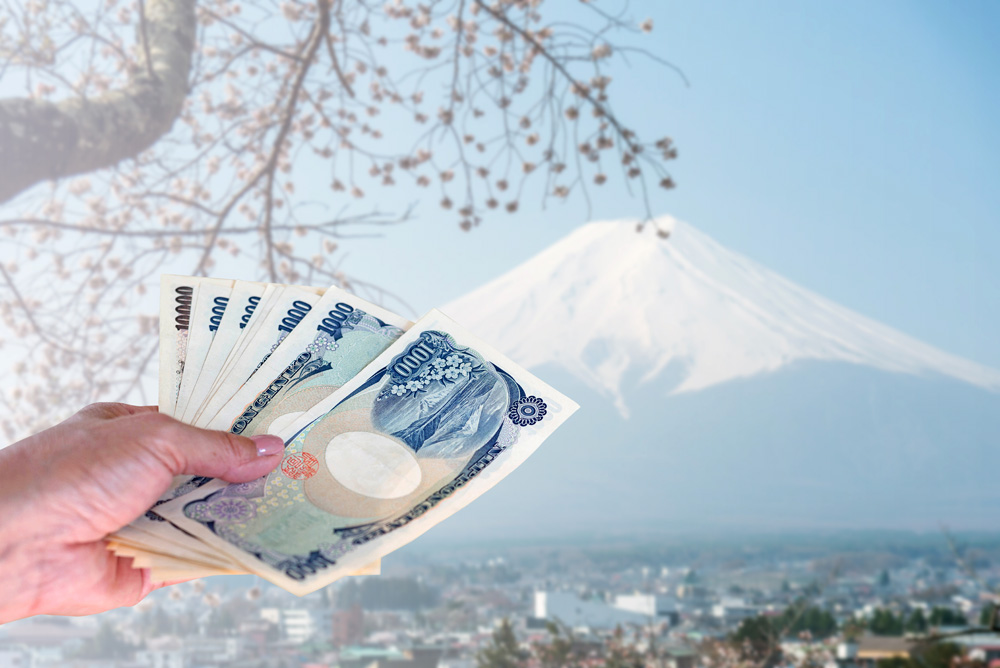
Tips to Save Money on Your Trip to Japan
A trip to Japan doesn’t have to break the bank. Here are some tips on how to save money while experiencing all this beautiful country has to offer.
Japan has an unfair reputation as an expensive country. In actuality, for a nation with world-class infrastructure, modern marvels, and some of the safest streets in the world, Japan is reasonably-priced when compared to similar destinations in Europe and North America. However, when set alongside fellow Asian destinations, Japan sticks out as one of the few places where Asian travel doesn’t mean budget travel.
Even if a Japanese vacation is not expensive in the same way that a French vacation is, it never hurts to know a few tips to save costs while travelling. That’s why we’ve put together the following tips to save money on your trip to Japan. Japan will never cost the same as a backpacking trek through Vietnam or Bolivia, but if you heed our advice, you’ll save money without sacrificing on the experience.
Buy a Japan Rail Pass
This is the best deal you can possibly enjoy while travelling to Japan. Japanese trains are the best in the world and there’s no easier way to connect between cities than by riding the trains, including the shinkansen or bullet trains that zoom between Tokyo and Osaka in only a few hours. The Japan Rail Pass, or JR Pass, is only available to visitors and lets you have unlimited travel aboard the JR network for a fixed period of time. You can buy a 7-day, 14-day, or even 21-day pass with access to the entirety of the JR network, or regional passes like JR East or JR Kyushu if you know that your travels will be limited to distinct regions. The 7-day national pass costs around $331 CAD, which is a huge saving considering that a one-way ticket from Tokyo to Osaka will cost you around $150 CAD. If you’re going to more than one city, this pass is a no brainer.
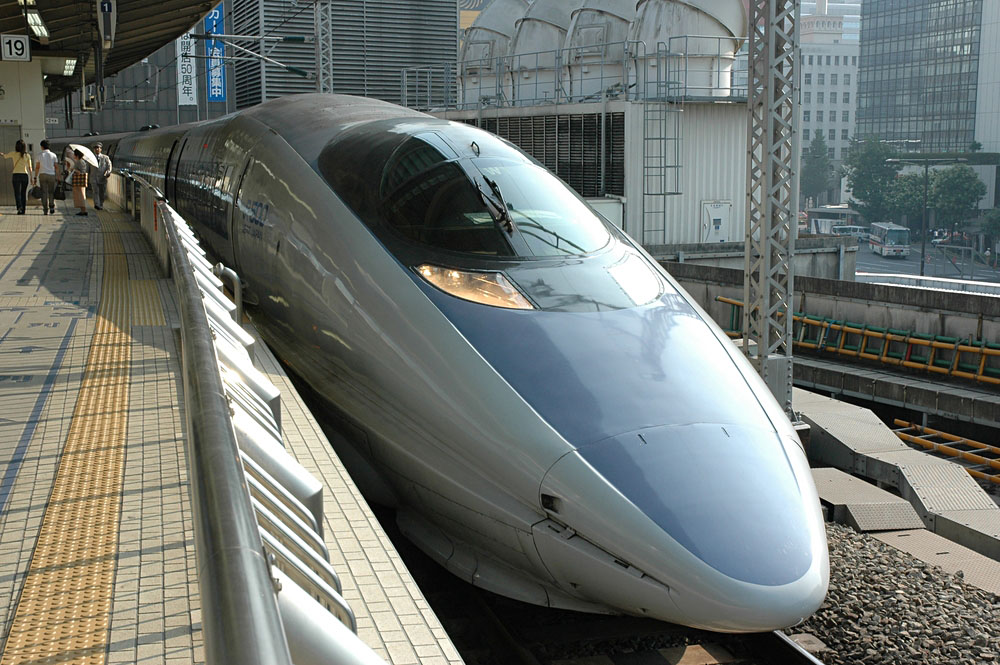
Take Advantage of Vending Machines and Convenience Stores
Unlike a lot of other guides on how to save money on a trip to Japan, we’re not going to suggest sleeping in internet cafes and self-catering in grocery stores. However, we are going to suggest that you take advantage of the millions of vending machines and thousands of convenience stores throughout the country. If you’re from North America, you likely think that convenience stores and vending machines are only last resort options, much as they are in Canada and the United States, but in Japan, they’re genuine conveniences with affordable prices and fresh food. If you need a quick drink of green tea, a coffee, a small sandwich, or even a beer at the end of a hot afternoon, Japan’s many convenience stores and vending machines will help you out. You’ll save money buying the drinks or snacks from vending machines or convenience stores as opposed to chains like Starbucks. Furthermore, you’ll be surprised by the quality of items that you can find in Japanese convenience stores and vending machines. They’re by no means an inadequate option for food and drink.
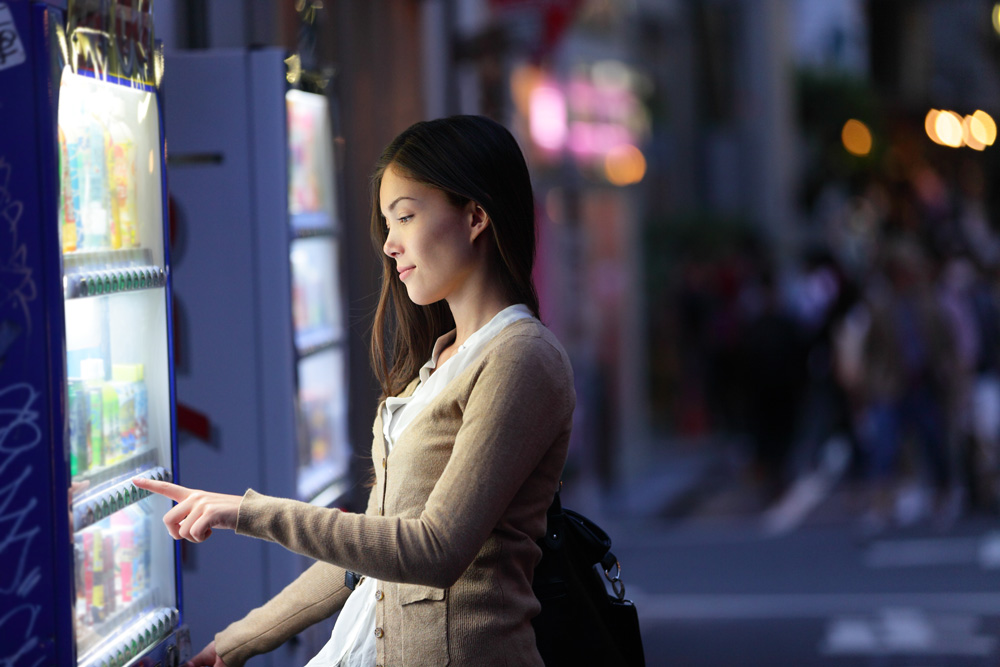
Skip the Breakfast and Wi-Fi Surcharge at the Hotel
Unlike in many countries, breakfast and Wi-Fi are often not free additions in hotels. You may be lucky enough to have a free breakfast with your stay or free Wi-Fi in your hotel room, but these are not guarantees in Japan. And if you’re paying attention, you’ll realize that often breakfast and Wi-Fi are added on as surcharges at exorbitant rates. If you know that these rates are often added on without question, you can then wisely decline the hotel breakfast or room Wi-Fi and save yourself a bundle – sometimes around even $50 CAD for breakfast. If you want breakfast in the morning, take advantage of a vending machine or the nearby convenience store (see the above point) to grab a meal. If you want Wi-Fi during your stay, consider adding on a Wi-Fi hotspot that’ll provide Wi-Fi throughout your entire stay no matter where you go, and for a fixed rate.
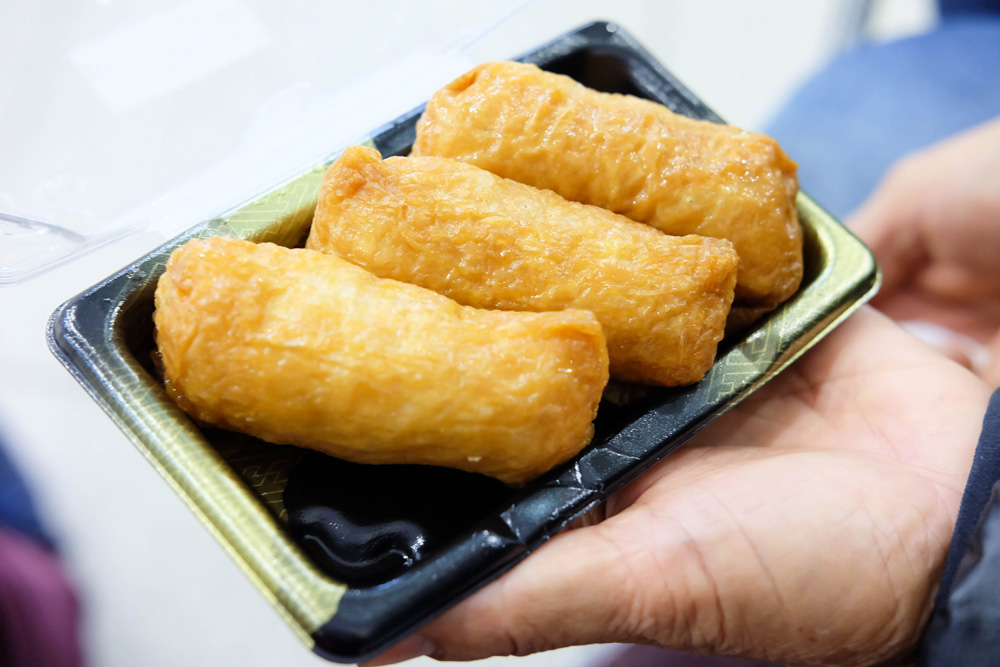
Eat at Shokudo Restaurants
Some meals can be pricey in Japan, especially if you’re enjoying omakase or the chef’s selection at fine sushi restaurants (which you absolutely should at least once during your trip to Japan). But there are several quality casual food chains in Japan, known as shokudo, that offer delicious meals for shockingly good prices. These restaurants often display their meals in plastic models in the front window and have vending machines through which you buy tickets for your order, circumventing servers. This makes it easy for travellers to order, as you don’t have to be fluent in Japanese to know which picture on the vending machine to order. The portions are large and the prices are affordable, often only around 500 yen for a dish that’d cost you at least three times that in a fancier restaurant. If you want a modest yet quality meal of dishes like tonkatsu or donburi, a shokudo is a great option to consider on your Japan vacation.
Related Article:
Eating Your Way Through a Trip to Japan

Take Transit Instead of Taxis
Japan has an incredible public transit system that you should take advantage of during your stay. Not only is the transit fast, convenient, and shockingly interconnected – the Tokyo subway system puts to shame any of the subways in large North American cities like New York and Toronto – but it’s also inexpensive, especially when compared to taxis. In Tokyo, transit fares are determined by the length of your trip, meaning that shorter trips will cost you much less than longer ones. As well, you can buy a Pasmo transit card to load your fares onto, which will then save you some yen each trip. (At the end of your stay, you can return your Pasmo card at the airport and receive a refund of the fees left on it.)
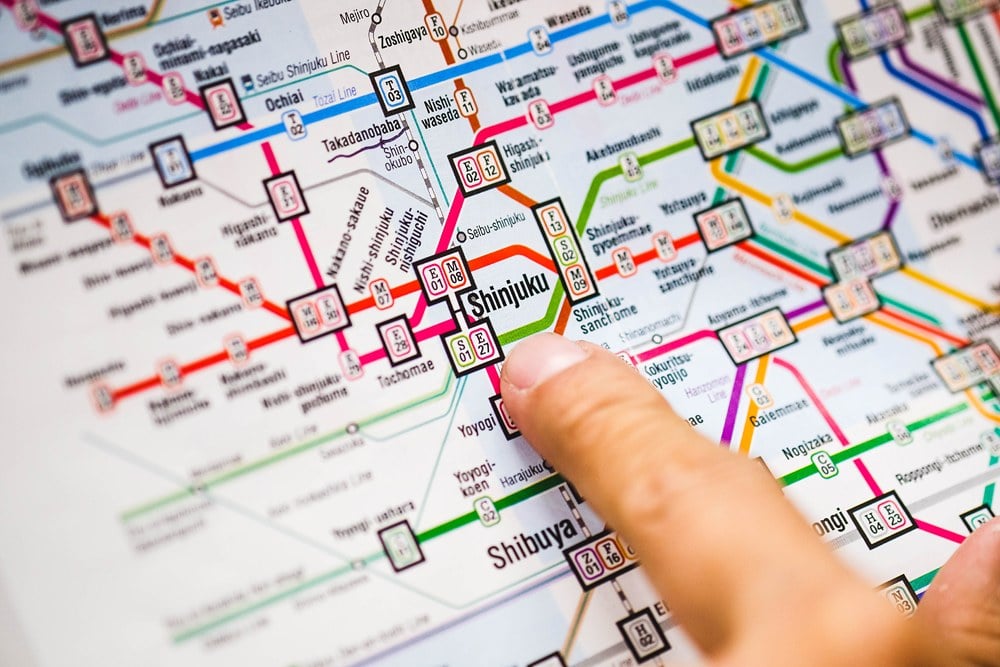
Bring Cash with You
Despite all of its modern conveniences, Japan is still largely a cash society. That means you’ll need lots of yen on you at all times to pay for everything from snacks at convenience stores to meals to transit. You can take out money at ATMs in convenience stores or banks, but you’ll have to pay a transaction fee as well as the often-unfavourable exchange rates that come with such machines. That’s why you should consider bringing a lot of yen along with you on your trip to Japan (you can carry up to one million yen without declaring it to customs officials). The exchange rates will be more favourable at your home bank and you’ll skip out on the transaction fee. Also, you don’t need to be scared about carrying a lot of cash with you in Japan since crime is very rare.
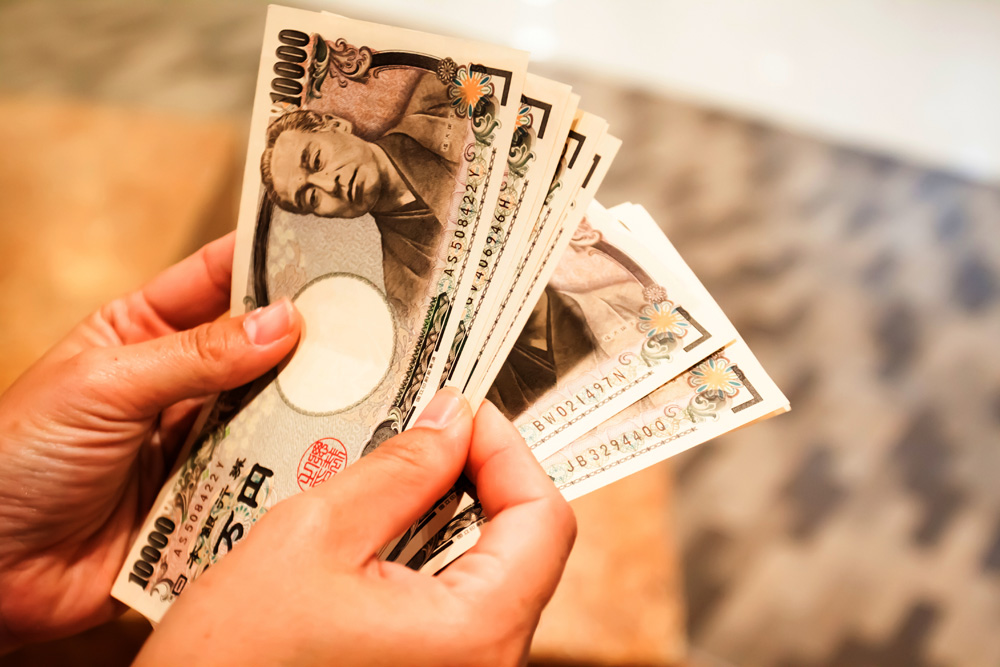
Shop at 100 Yen Stores
If you ever need to buy small goods during your stay, or simply want to collect some interesting knickknacks to bring home as souvenirs, you should shop at 100 yen stores, which offer surprisingly good quality items for super low prices. Japanese 100 yen stores are the equivalent of North American dollar stores, but the items are better quality than in North American stores and you’ll find a lot of essentials that can help you out if you happened to forget some items while packing. If you want snacks, small souvenirs, or essential items like socks or umbrellas, head to 100 yen stores to save some cash and still get what you need.
Take advantage of the Tax Free Exemption at Certain Stores
If you’re thinking of doing some shopping while in Japan (and you definitely should, as it’s one of the best shopping countries in the world), be aware that many stores like Uniqlo, Don Quixote, and larger department stores offer tax free sales to foreigners on purchases greater than 5,000 yen. You have to carry your passport with you to get the tax free exemption, but you’ll end up saving around eight percent of your expenses because of the incentive for foreign shoppers. If you’re splurging on clothing or electronics, the tax free exemption will save you a lot of money.
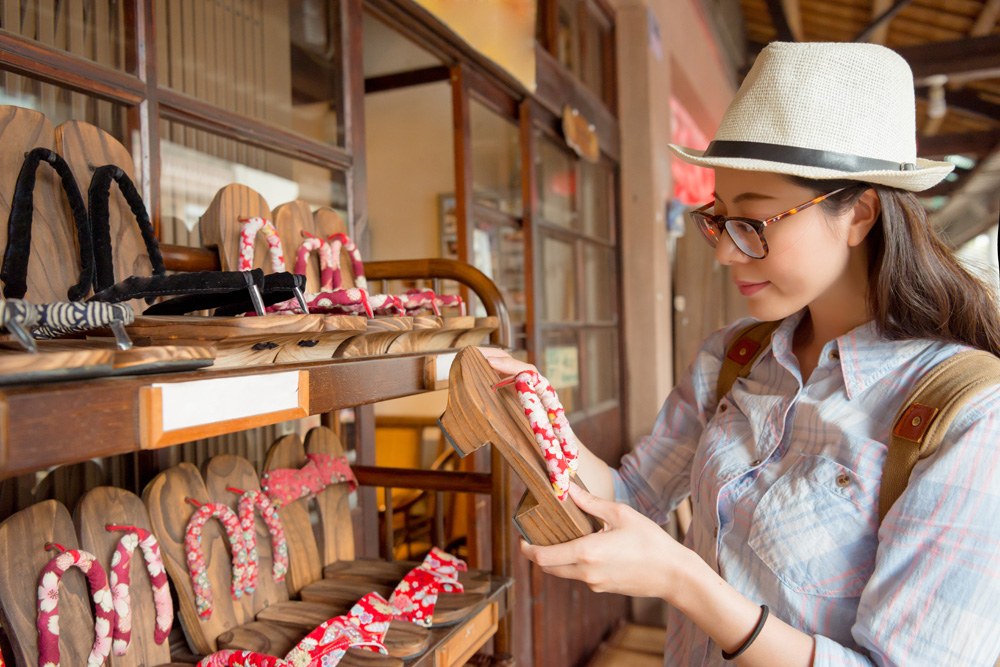
Japan is not the most affordable destination in Asia, but if you’re smart and know how to approach a vacation here, you can save a lot of money. These tips will equip you to navigate a trip to Japan and take advantage of the country’s great infrastructure and many incentives for foreign visitors.
Get more travel inspiration by email.
Subscribe
0 Comments

Get the latest travel trends & hear about the best deals on vacations around the world.
If you’re a Globetrotter, these are the newsletters for you!



